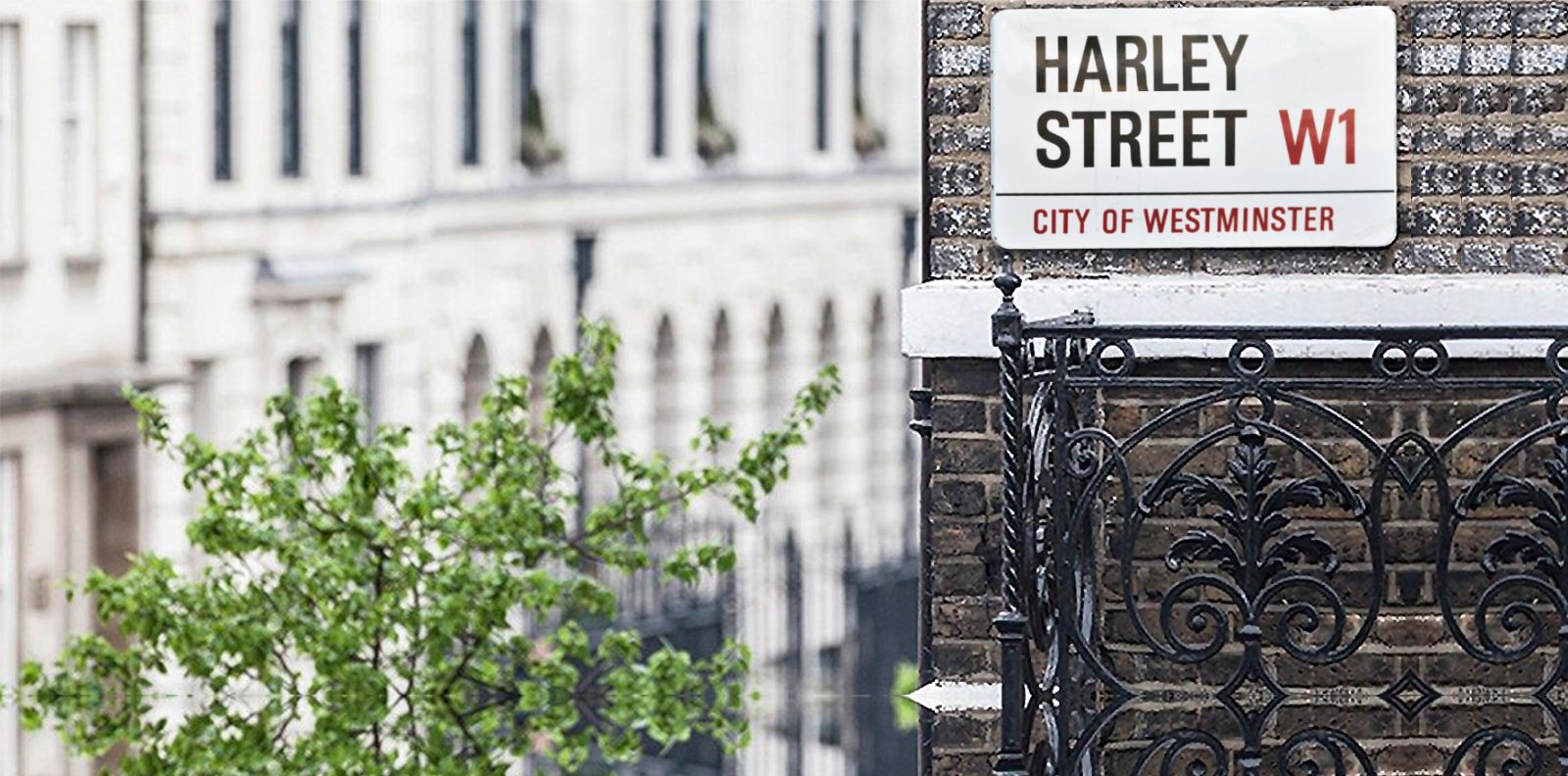
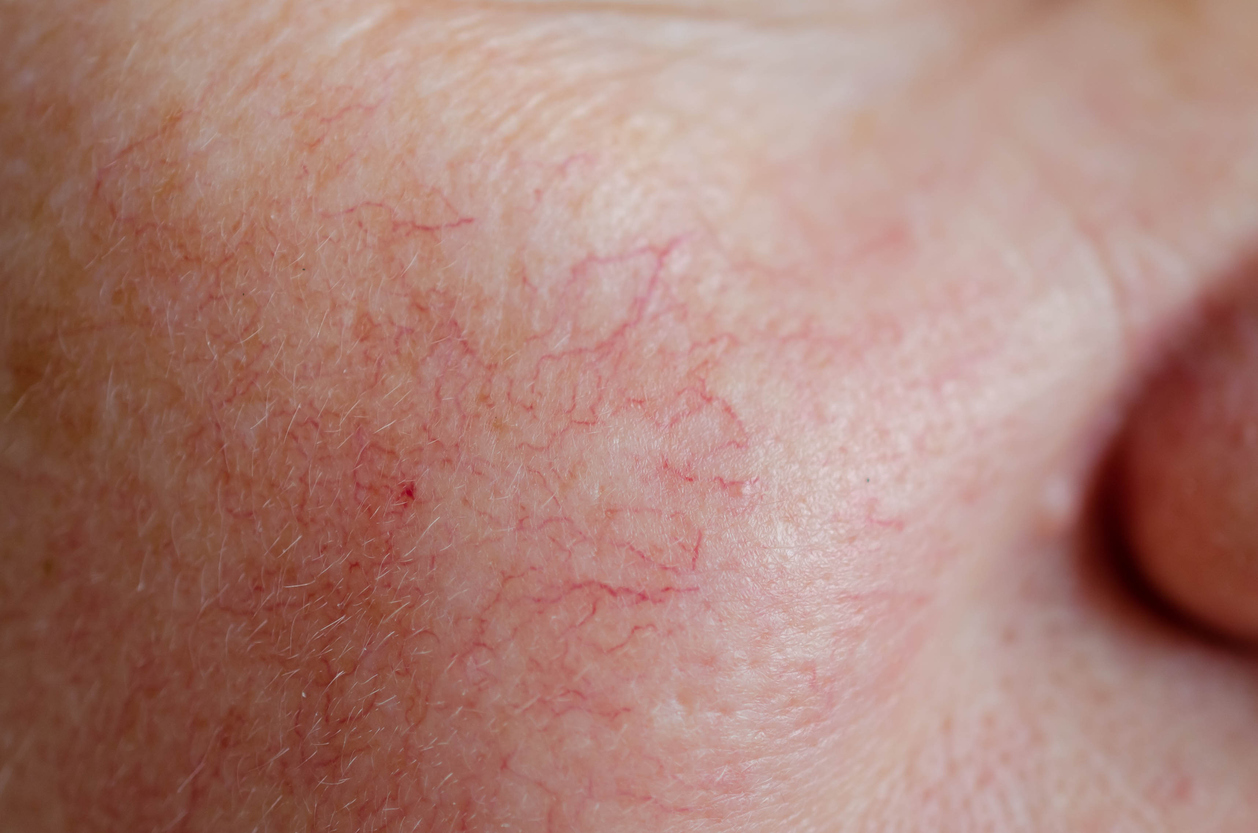
At 111 Harley St., we offer a range of treatments that target blood vessels and small spider veins and thread veins to improve your skin tone. We tailor each treatment to reduce recovery time. We encourage a course of treatments to see optimal results.
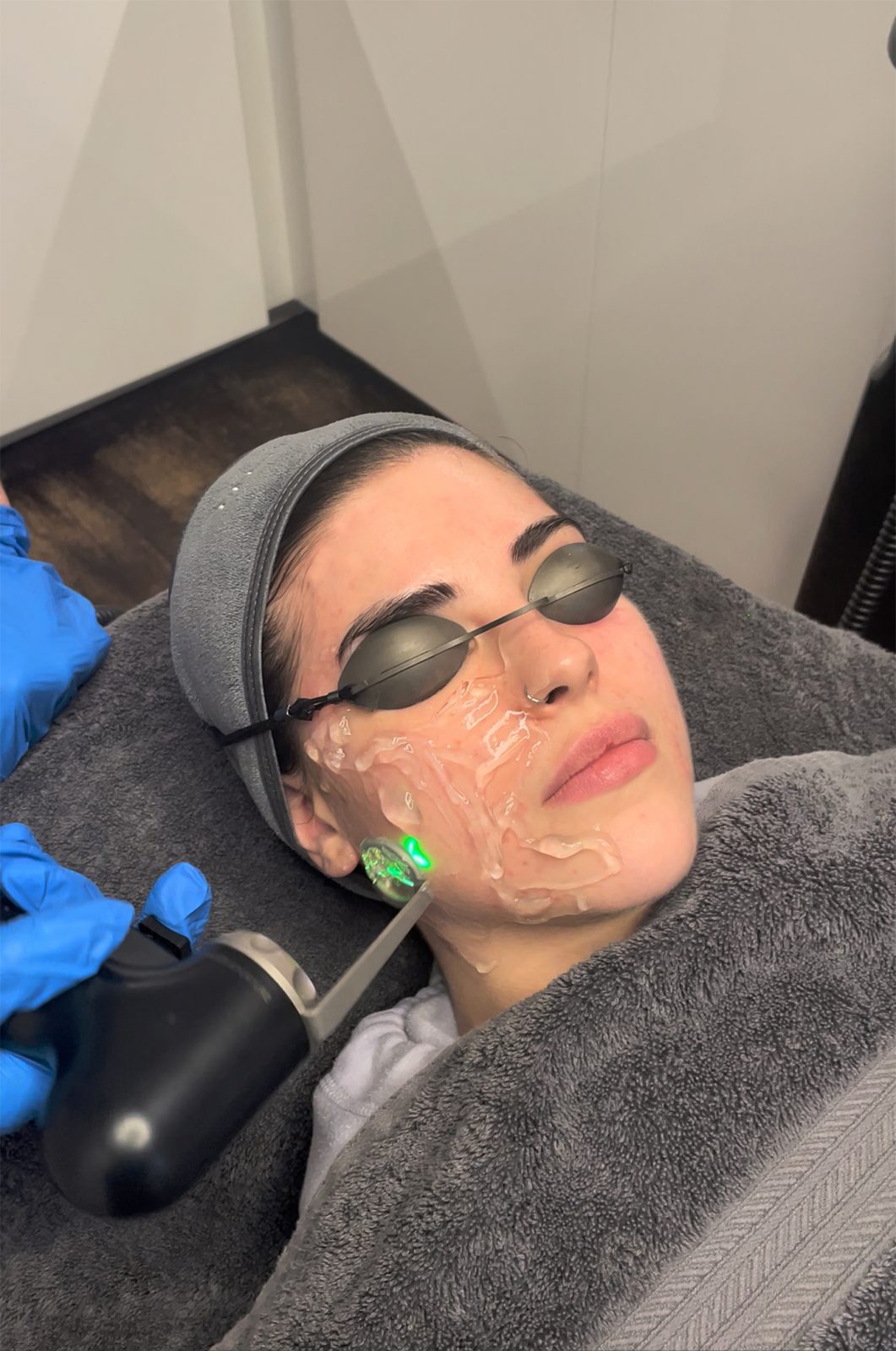 ADVATx
ADVATx
ADVATx is a painless, no-downtime laser treatment that can treat facial veins and cherry angioma. It’s a dual laser producing both 589nm and 1319nm wavelengths for a truly customisable treatment that can target a variety of facial veins, and thread veins.
Additionally it can improve the appearance rosacea and other vascular concerns that can appear alongside facial veins.
Learn more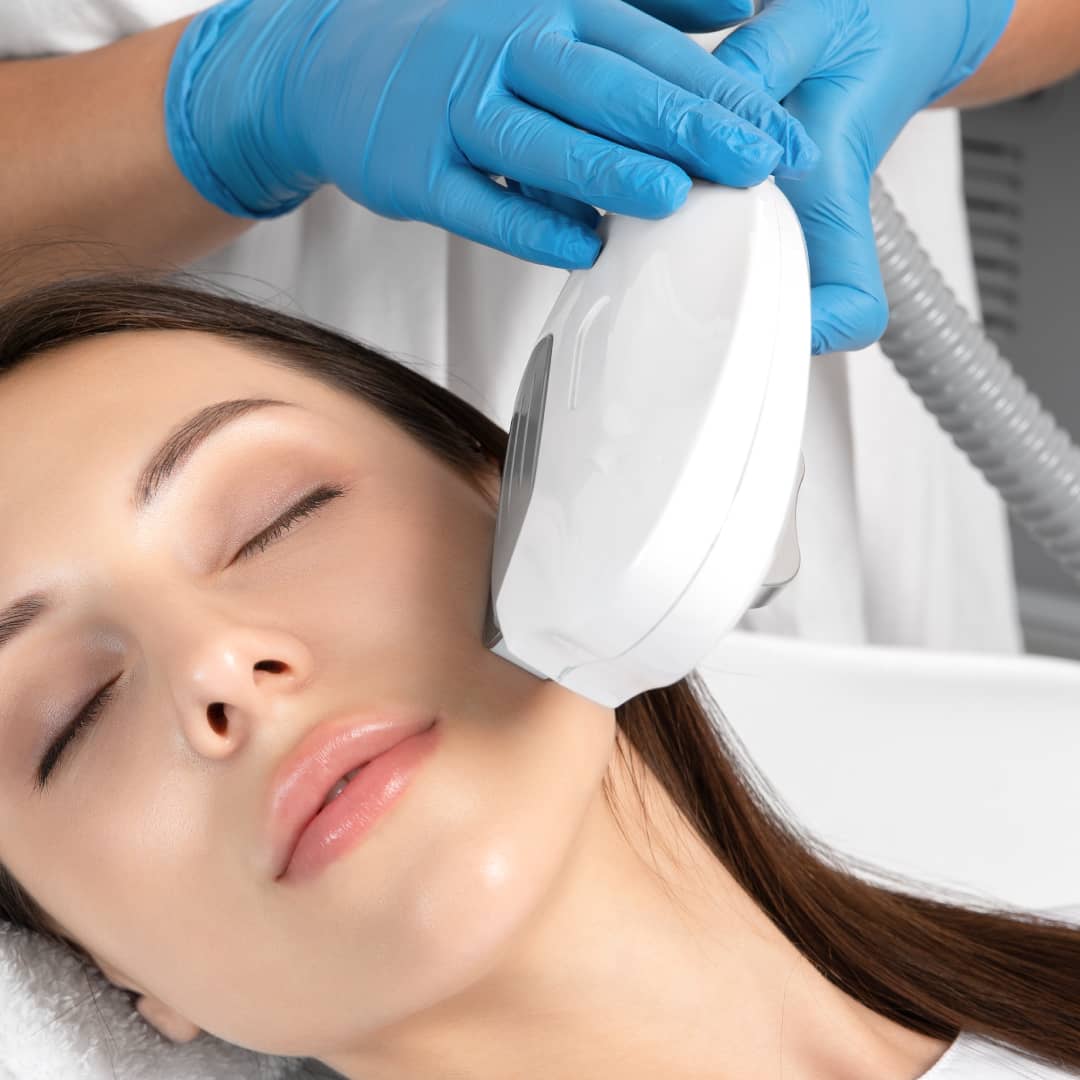 ClearLift
ClearLift
A non-surgical laser skin rejuvenation treatment that stimulates collagen production for smoother, tighter, and younger-looking skin. It uses Q-switched Nd:YAG laser technology to target fine lines, wrinkles, pigmentation, and acne scars without downtime or harsh side effects. Suitable for all skin types, the procedure is quick (15–30 mins), pain-free, and requires no anesthesia, making it ideal for busy individuals. Results appear gradually over weeks as collagen rebuilds, with 3–5 sessions recommended for optimal effects.
3-4 treatments, every 6 weeks.
Each treatment can be adjusted depending on the patient’s needs and skincare concerns. The flawless treatment delivers nanosecond pulses sending controlled shockwaves into the pigmented and vascular lesions.
Potential redness, blood spots and swelling. The skin may be slightly swollen on the treated areas immediately after the treatment.
Immediately after the treatment the treated area may be slightly tender and raised. You may also see some blood spots around the treated area. The overall downtime is around 5-7 days.
 Laser Treatments
Laser Treatments
Laser treatment can reduce the appearance of or eliminate vascular lesions such as spider veins and varicose veins. Depending on the type and severity of the vascular lesion, different methods will be adopted. More prominent veins may be treated with a long-pulsed laser and infrared to trigger photothermolysis – a process which heats the targeted area without damaging the surrounding tissue. The alternative process uses an advanced evolution of the intense pulsed light technology.
3-6, spaced 6 weeks apart.
Depending on the type and severity of the vascular lesion, different methods will be adopted. More prominent veins may be treated with a long-pulsed laser and infrared to trigger photothermolysis – a process which heats the targeted area without damaging the surrounding tissue.
The alternative process uses an advanced evolution of the intense pulsed light technology. Uniform energy is used to treat the vascular lesion.
Depending on the size of the vascular area, the treatment can take from 10-60 minutes.
Possible bruising and blistering.
Please note, all consultations are subject to the applicable consultation change or deposit.
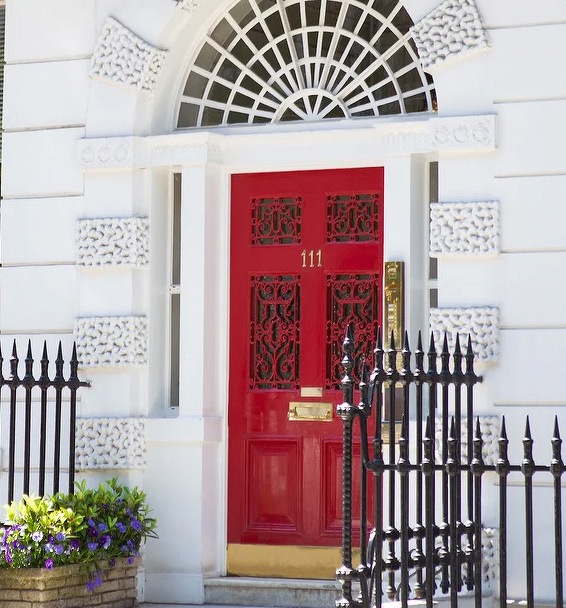

In-clinic OR Virtual Consultation
Refundable £50 deposit required to secure your complimentary
consultation, redeemable against treatment
To request a consultation, please complete this form.
In-clinic OR Virtual Consultation
Refundable £50 deposit required to secure your complimentary
consultation, redeemable against treatment
